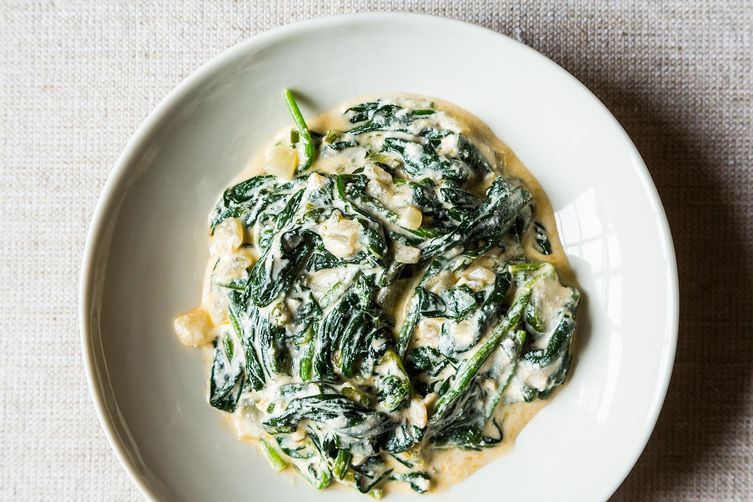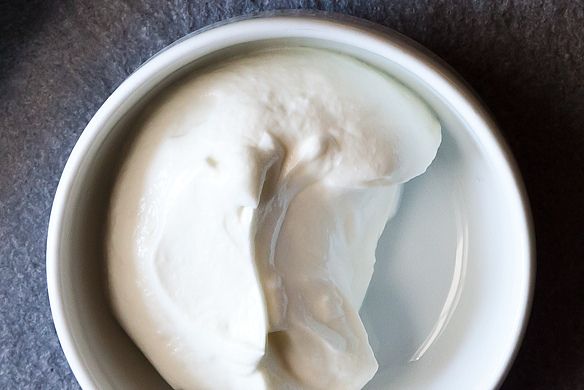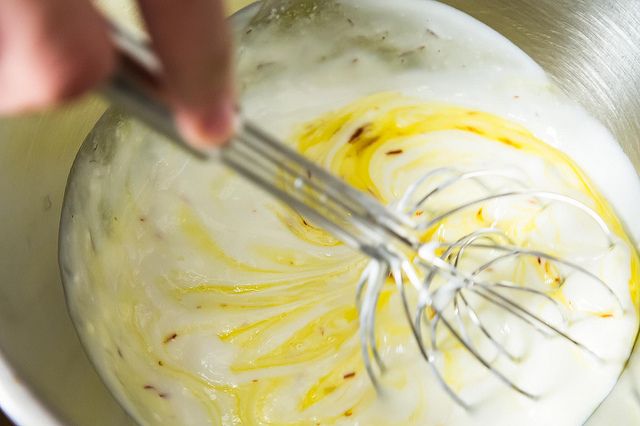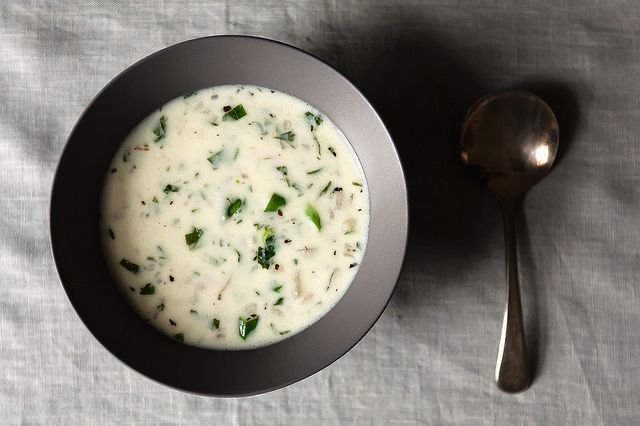Popular on Food52
Continue After Advertisement
10 Comments
Dima H.
July 2, 2013
Great article kenzi! In the middle east we cook with yogurt quite often... Like stuffed courgette, different kinds of squash and Arabic meat dumplings with yogurt sauce! one trick that my mother always did is to mix the yogurt with an egg or cornstarch and then bring it a boil while stirring. If you are interested in Middle Eastern and Jordanian cuisine please pay a visit to my new blog.
Count M.
June 7, 2013
People love (yes, even though it's tofu) my tandoori tofu. I mix yogurt with tandoori paste (from a jar) in a zip-top bag, add sliced extra-firm tofu 1/2 inch thick, marinate for however long I have before people come over, then grill it.
Salinya
June 5, 2013
I like full fat yogurt best for everything; it's just better and more natural. Thanks for the tips. Of course now I need to see what happens when I substitute yogurt for mayonnaise in a tomato samdwich...
Pauline
June 5, 2013
I use yogurt to make salad dressings, easy and it doesn't really matter whether you use low fat or full fat yogurt. A little lemon juice, tarragon vinegar, crushed garlic, lots of freshly made black pepper and you've got a great dr
essing for summer vegetable salads.
essing for summer vegetable salads.






See what other Food52 readers are saying.